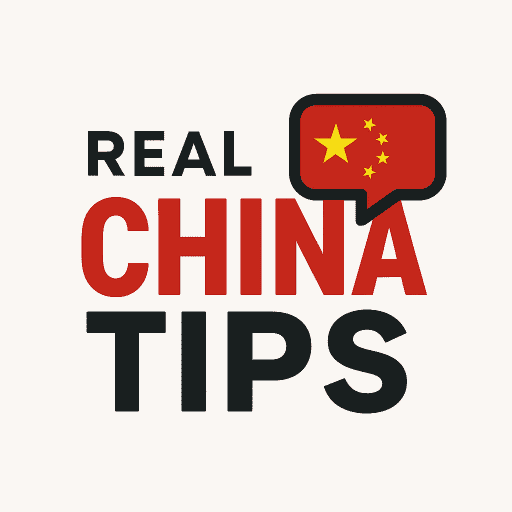Getting sick in a foreign country is never fun. And in China, it can be a particularly confusing experience — not because the care is bad, but because the system works very differently from what many foreigners are used to. From navigating massive hospitals to figuring out how to register without speaking Chinese, seeing a doctor in China can feel overwhelming 😷.
This guide breaks down the full process for foreigners, whether you have a cold, need a specialist, or are just trying to survive your annual health check. With a little preparation, you’ll know exactly what to expect and how to handle it like a pro.

Public vs Private Hospitals in China
Let’s start with the big picture:
- Public Hospitals: Government-run, cheaper, widely available. But… crowded, rushed, and almost entirely in Chinese.
- Private Hospitals: More expensive, often English-speaking, more foreigner-friendly. Some cater specifically to expats.
Pro tip: For small issues or emergencies, many foreigners go to public hospitals. For comfort and language, private hospitals are easier but pricey.
Step 1: Bring Your Documents
Before you even head out, make sure you have:
- Your passport (always needed for registration)
- Your Chinese phone number (for SMS alerts, appointment confirmations)
- Cash or WeChat/Alipay (some hospitals don’t accept foreign cards)
- Translation app (just in case)
Step 2: Register at the Hospital (挂号 guàhào)
Most Chinese hospitals don’t take walk-in patients directly. First, you “register” for a doctor or department. This is done:
- At a registration counter (expect long lines at public hospitals)
- Via hospital WeChat mini-programs (if you can read Chinese)
- At a self-service kiosk (usually in Chinese only)
You’ll be asked to pick a department (e.g., 内科 = internal medicine, 外科 = surgery), and a doctor level (regular, specialist, expert).
Step 3: Pay Before You See the Doctor
In public hospitals, you pay before each service: the registration fee, the consultation, any tests, and even medication.
Prices vary, but a general consultation might cost 30–100 RMB at a public hospital. Private hospitals start around 300–600 RMB per visit or more.
Step 4: Wait… and Wait Some More
Most public hospitals work on a “first come, first served” basis — even if you booked a time slot. Your queue number may mean waiting 30 minutes to 2 hours, depending on the day. Bring something to read!
In private clinics, you’ll often be seen on time and in a quieter setting.
Step 5: The Consultation
Public hospital doctors often don’t speak English and may see 60+ patients a day. Expect:
- Very short consultations (3–7 minutes)
- Lots of direct questions — they may skip small talk entirely
- Minimal privacy — people might be in the room with you 😬
- Written prescriptions or instructions in Chinese
If you don’t speak Chinese, use a translation app like Pleco or ask someone to go with you. Some hospitals offer a translator (ask at the front desk), but it’s not guaranteed.
Step 6: Tests, X-rays, Labs
If the doctor orders tests, you’ll:
- Pay again (at the payment counter or via WeChat)
- Take your receipt to the test area (often in another building)
- Do the test (bloodwork, CT, etc.)
- Return later for results — sometimes same day, sometimes next
Keep every receipt and slip of paper — you’ll need them at each step.
Step 7: Getting Medication
After your visit, if you’re prescribed medication, head to the hospital pharmacy. Bring:
- Your prescription slip
- Your payment receipt
The pharmacist won’t usually explain usage — double check online or with someone who can read Chinese. Also, you may need to mix powders or take pills with food. When in doubt, ask.
What If You Need a Specialist?
Some departments (like dermatology or ENT) can be visited directly. For others (like cardiology), you may need a referral or to register with a higher-tier doctor.
Expert tip: Some hospitals open specialist registration only at certain hours — locals start queuing at 6am. If it’s not urgent, go mid-morning or early afternoon for shorter waits.
What About Insurance?
Most public hospitals in China expect payment upfront. If you have international insurance:
- Pay first, then submit receipts to your insurer for reimbursement
- Only a few international policies offer direct billing at Chinese hospitals
- Private hospitals are more likely to work with global insurers
Keep all fapiao (official receipts) and documentation — they’re essential for claims.
Language Barrier Survival Tips
- Use apps like Pleco, Google Translate, or Baidu Translate
- Bring a bilingual friend or coworker
- Take photos of signs and menus to translate
- Learn a few key phrases like “headache” (头疼 tóuténg), “fever” (发烧 fāshāo), “diarrhea” (拉肚子 lādùzi)
Are Clinics Better Than Hospitals?
In many cities, there are small clinics that offer basic care — some are international and very foreigner-friendly. For example:
- United Family Healthcare (Beijing, Shanghai, etc.)
- Jiahui Health
- Global Doctor
These clinics have English-speaking staff and better bedside manner, but prices are significantly higher — 800–1500 RMB per visit is common.
Final Thoughts
Seeing a doctor in China as a foreigner is totally doable — but it’s a different system, with its own logic and rhythm. The more you know going in, the less intimidating it becomes.
Be prepared, stay patient, and don’t be afraid to ask for help. Most hospital staff want to help, even if they don’t speak your language.
Oh, and always bring your passport. Seriously.
This article was originally written by Author. If you wish to share it, please link back to the original post: https://realchinatips.com/see-doctor-in-china/
